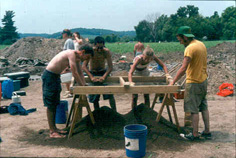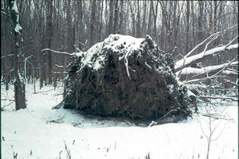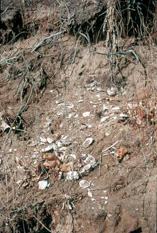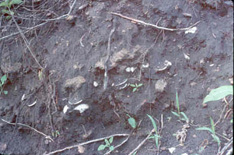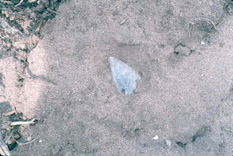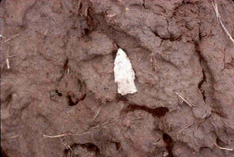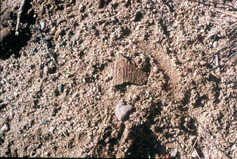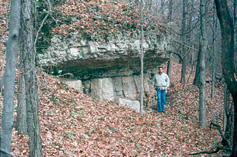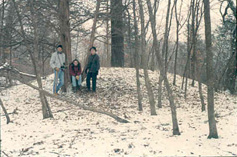|

Introductory text....blah blah blah Though agricultural activities often damage potentially valuable archeological sites, they make it possible to do surface surveys to determine whether a site warrants more organized and professional excavation.
Back to the Online Essay: Archeology Today
|
| |
Department
of Anthropology |
copyright © 2002
University of Illinois, All rights reserved. |
Questions and Comments
to Brenda Farnell

